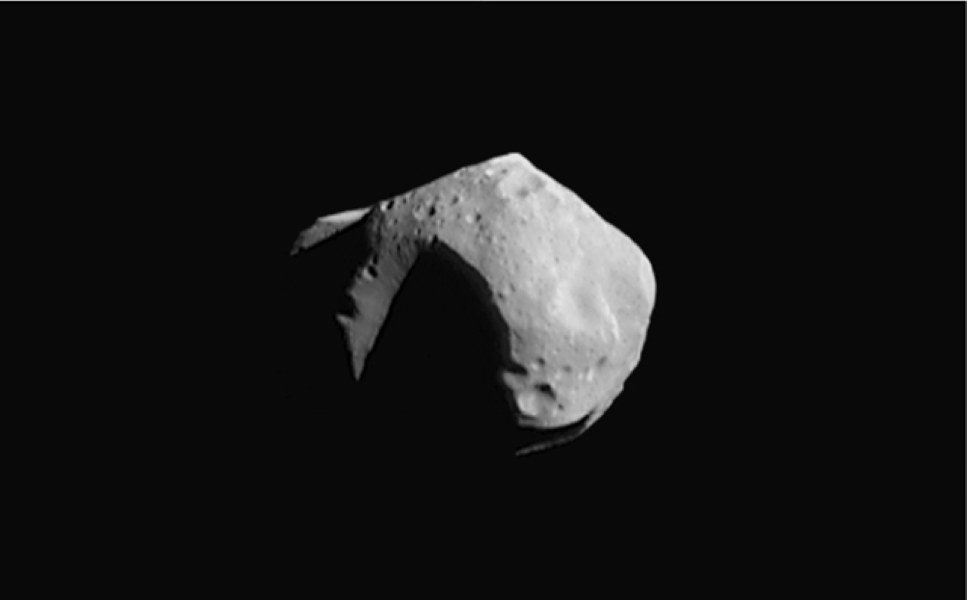An asteroid recently came blazing through our solar system and it appears to be an interstellar visitor. The asteroid, dubbed A/2017 U1, would be the first interstellar object ever to be observed within our own solar system.
A/2017 U1 caught the attention of astronomers because of its astounding speed. The quarter-mile long asteroid, or rather, exoroid, was spotted heading away from Earth at 24 miles per second, which is over 100 times faster than the speed of sound. NASA spotted A/2017 as part of its nightly near-Earth object search on Oct 19, when it came 15 million miles away from Earth. That’s about 60 times farther than the Moon.
Upon investigating the origin of this exoroid, scientists noticed a few oddities. Nearly everything in our solar system exists in a plane, like a dinner plate, with the sun at the center and all the planets and asteroids orbiting around.

Most objects in our solar system are in a disk. Source: Wikimedia Commons
However, when tracing A/2017 U1, scientists noticed that the path of the exoroid came from far beyond this disk of our solar system. As you see in the image below, the path of A/2017 U1 comes from above the solar system.

A/2017 U1 originated from outside the disk of the solar system. Image Source: Wikimedia Commons
This type of orbit is called a high eccentricity orbit. Eccentricity represents how circular an orbit is. For example, low eccentricity is a perfect circle; the object in orbit is going about the same speed for its whole orbit. A high eccentricity orbit is oval-like, going fast during one part of the orbit, and slow during another. A/2017 U1 has such high eccentricity that its orbit isn’t even an oval. A/2017 U1 is being projected out of our solar system, like a ball on a string when the string is suddenly cut.

Examples of low eccentricity and high eccentricity orbits. Image by Crystal Riley.
When it became clear this exoroid is an interstellar traveller, scientists looked to our nearby star systems to investigate the origins of our visitor. The Alpha Centauri triple star system contains the closest stars to our solar system. Our solar system is actually close enough to be considered on the outer edges of the Alpha Centauri Oort Cloud. However, the A/2017 U1 object does not have the correct velocity or trajectory to be a lost wander belonging to the Alpha Centauri star system.
The scientists also considered another nearby stellar object, the Luhman 16 binary brown dwarf star system. The Luhman 16 system is too small and too far to still be gravitationally bound to A/2017 U1, so it was an unlikely speculation. Again, the trajectory and velocity rules out any connection between the A/2017 U1 exoroid and the Luhman binary brown dwarf system.
When looking to see what the trajectory and speed of A/2017 U1 does match up with, it is clear that the exoroid does originate from our stellar cluster. The scientists uncovered this by looking to see how A/2017 U1’s velocity trajectory looked when considered against the whole galaxy, known as galactic coordinates. From this perspective, scientists saw A/2017 U1 moving with our stellar cluster as a whole. Thus, our visitor is likely from a nearby star, but exactly which star is still unknown.
Nonetheless, one thing is for certain, A/2017 U1 has gone as quickly as it came. Our exoroid visitor has been thrown out of our solar system at incredible speed, likely to never be seen again.


